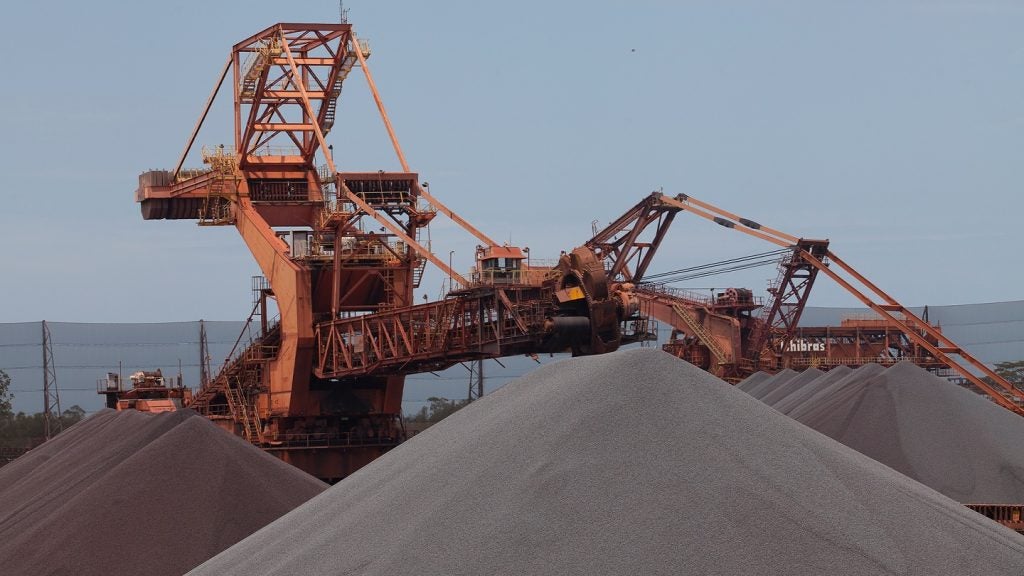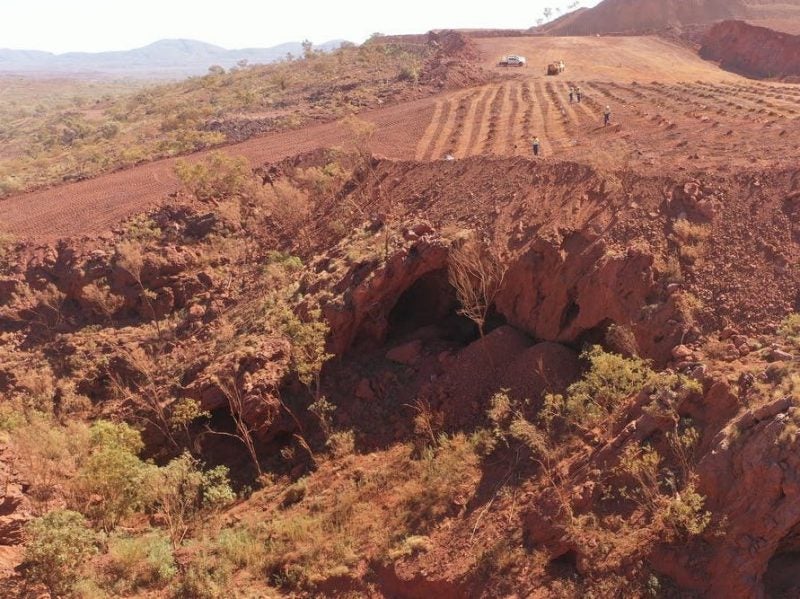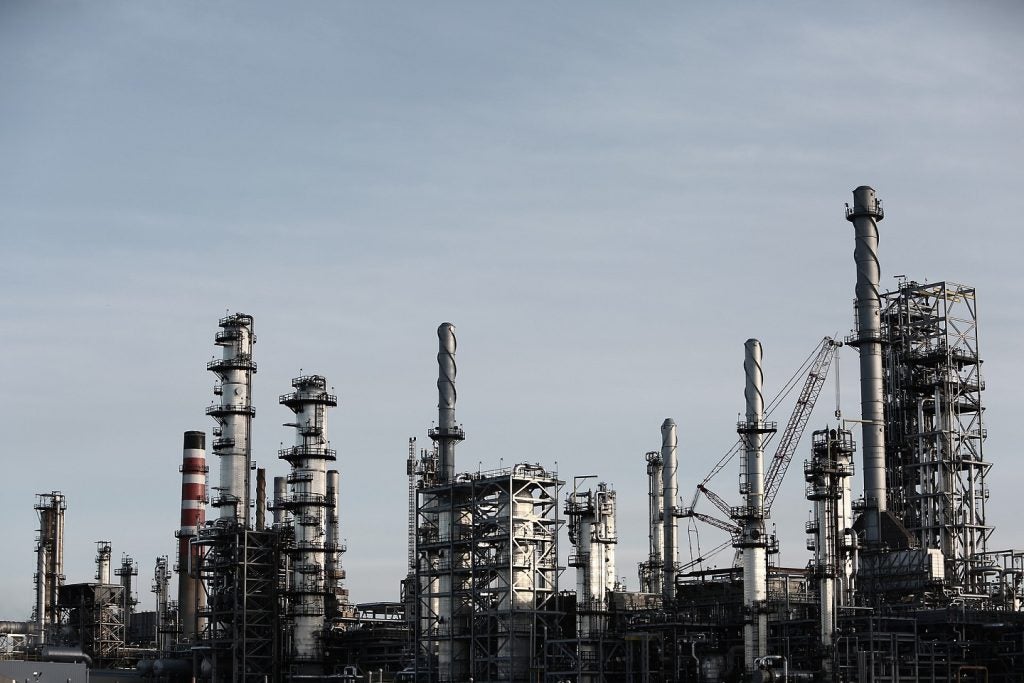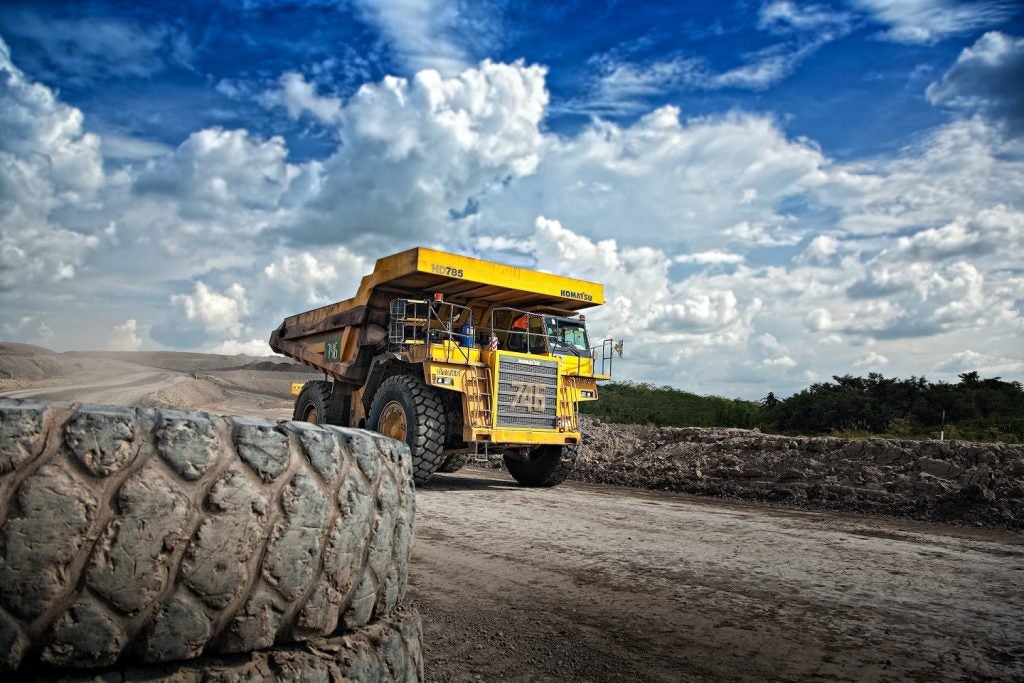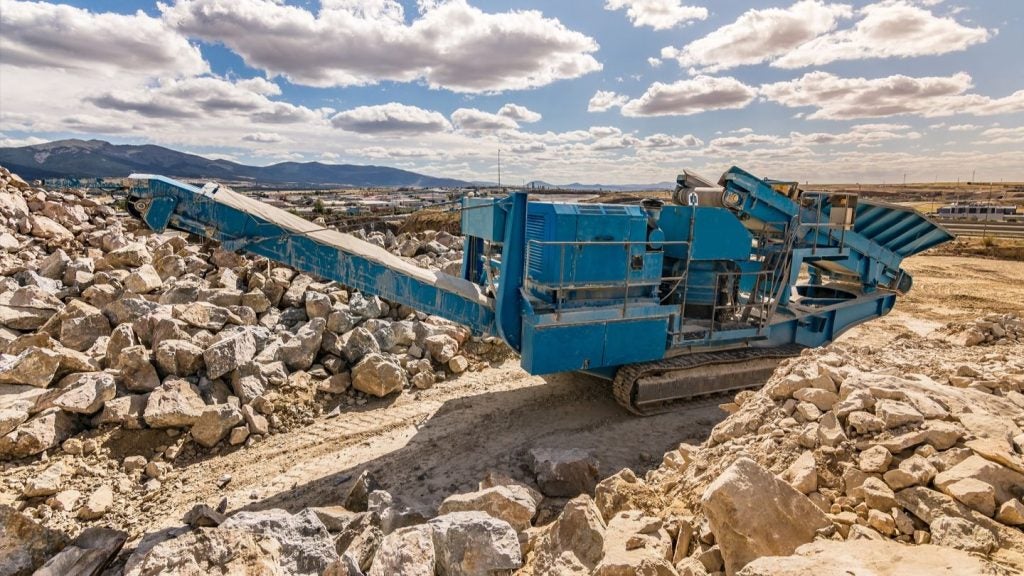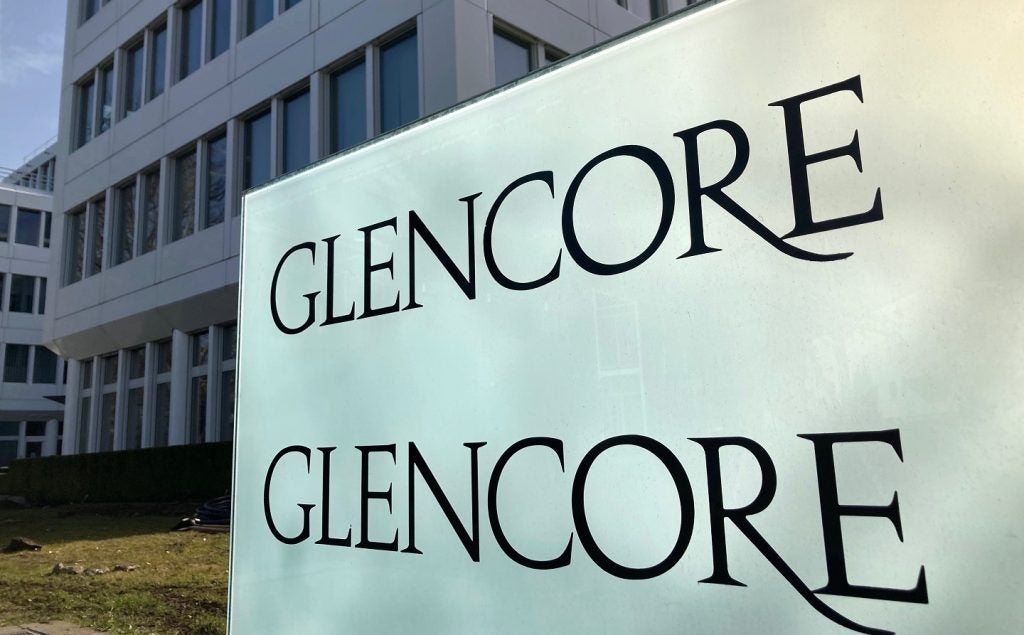Swedish metal and hydrogen company H2 Green Steel (H2GS) has signed multi-year agreements to offtake iron ore pellets from Brazilian mining company Vale and global metals and mining company Rio Tinto.
The iron ore pellets will be used by H2GS as feedstock at its hydrogen-based steel mill in Sweden.
The company is planning to build a low-carbon steel plant in Boden, Sweden, with commissioning scheduled in 2025.
Under the agreement, Rio Tinto will supply high-grade direct reduction iron ore pellets from its Iron Ore Company of Canada (IOC) operations.
In a press statement, Rio Tinto said: “IOC’s direct reduction pellets will account for a significant part of the iron ore supply to H2 Green Steel’s flagship plant in Boden, Sweden, which will be one of the world’s first large-scale producers of low-carbon iron and steel.”
Rio Tinto has also signed an agreement with H2GS to purchase and on-sell a part of the surplus low-carbon hot-briquetted iron (HBI) produced by the latter during the steelmaking capacity.
Rio Tinto steel decarbonisation head Simon Farry said: “Our supply of high-grade iron ore pellets will support the acceleration of H2 Green Steel’s project, and on-selling their low-carbon HBI will enable us to gain a deeper understanding of the future needs of our customers and end users in the emerging green iron and steel market.”
Furthermore, Vale will supply iron ore pellets to H2GS as input material for its steel mill in Boden.
Together with green hydrogen from H2GS’s own electrolyser facility, the pelletised iron ore will be a critical input material for the green direct reduced iron production, which will be used to make near-zero emissions steel in the Boden steel plant.
Vale will deliver the pellets from Tubarão in Brazil to Boden via the Port of Luleå in Sweden.


